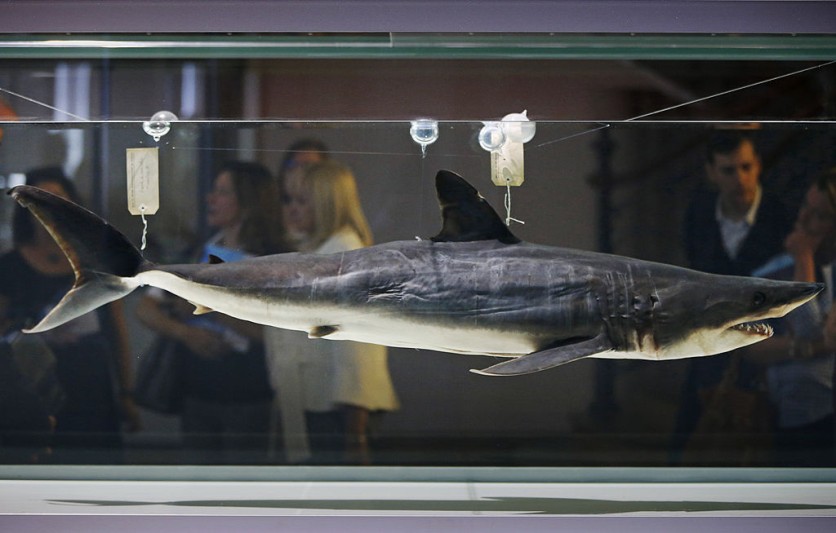Mandai Wildlife Group's first-ever CT scan on a fish is reportedly a Bala Shark after they found it exhibiting a weirdly swimming in circles and sideways in the Mekong River display at River Wonders, Mandai Wildlife Reserve back in April, as reported by Straits Times.
On May 8, the Mandai Wildlife Group's veterinary healthcare and animal care team decided to perform the first-ever CT scan on a fish.
The fish was given a CT scan, which took only forty-five seconds, while it was sedated and upright within a folded piece of wet sponge in a container.
Everything, including preparation and recovery, took less than forty minutes. The bala shark is thought to have suffered a soft tissue injury because the scan showed no broken bones.

According to Mandai Wildlife Group's vice president of veterinary health, Dr. Xie Shangzhe, the bala shark will receive anti-inflammatory medication and undergo observation for two weeks, following which it is anticipated to return to its usual form.
Originating in Southeast Asia, bala sharks are omnivorous freshwater fish with a maximum length of 35 cm. This species' enormous fins and torpedo-shaped body have earned it the name "shark," even though it is not genuine.
A CT scan yields a three-dimensional image with greater information than an X-ray, which can only produce a two-dimensional image and miss small changes in the bala shark.
Mandai Wildlife Group and Microsoft
The Mandai Wildlife Group (MWG) continues to leverage various technologies in various ways. In January, Microsoft wrote about how MWG was using its various programs.
With the assistance of Khairulnizam Zulkifle, Senior Manager at the Mandai Wildlife Group's Transformation Office, the Park Operations team at the Singapore Zoo utilized Microsoft's Power Platform to develop applications that enhanced internal workflows and enhanced visitors' experiences at wildlife parks.
Microsoft's Power Platform provides a set of tools for developing applications without knowing much coding.
To facilitate daily inspections for visitor safety, the team developed an app to replace the paper checklist that the team usually uses. The software allows users to quickly and simply cross off several duties, such as ride mechanisms and first-aid kit inventories.
MWG's Microsoft-Powered Application
In addition to battling paper checklists, the team had to deal with numerous senior management members pursuing them around the office park before and after business hours to get their signatures on these paper documents.
The team could use the app to check things off with their phone whenever and wherever they wanted, making the travel safer and more efficient.
It was also mentioned that MWG teams were looking into integrating Power Platform into additional domains, such as first aid, employee uniform management systems, Lost & Found, and their Wild-Code Hackathon.

(Photo: Tech Times)
ⓒ 2025 TECHTIMES.com All rights reserved. Do not reproduce without permission.




